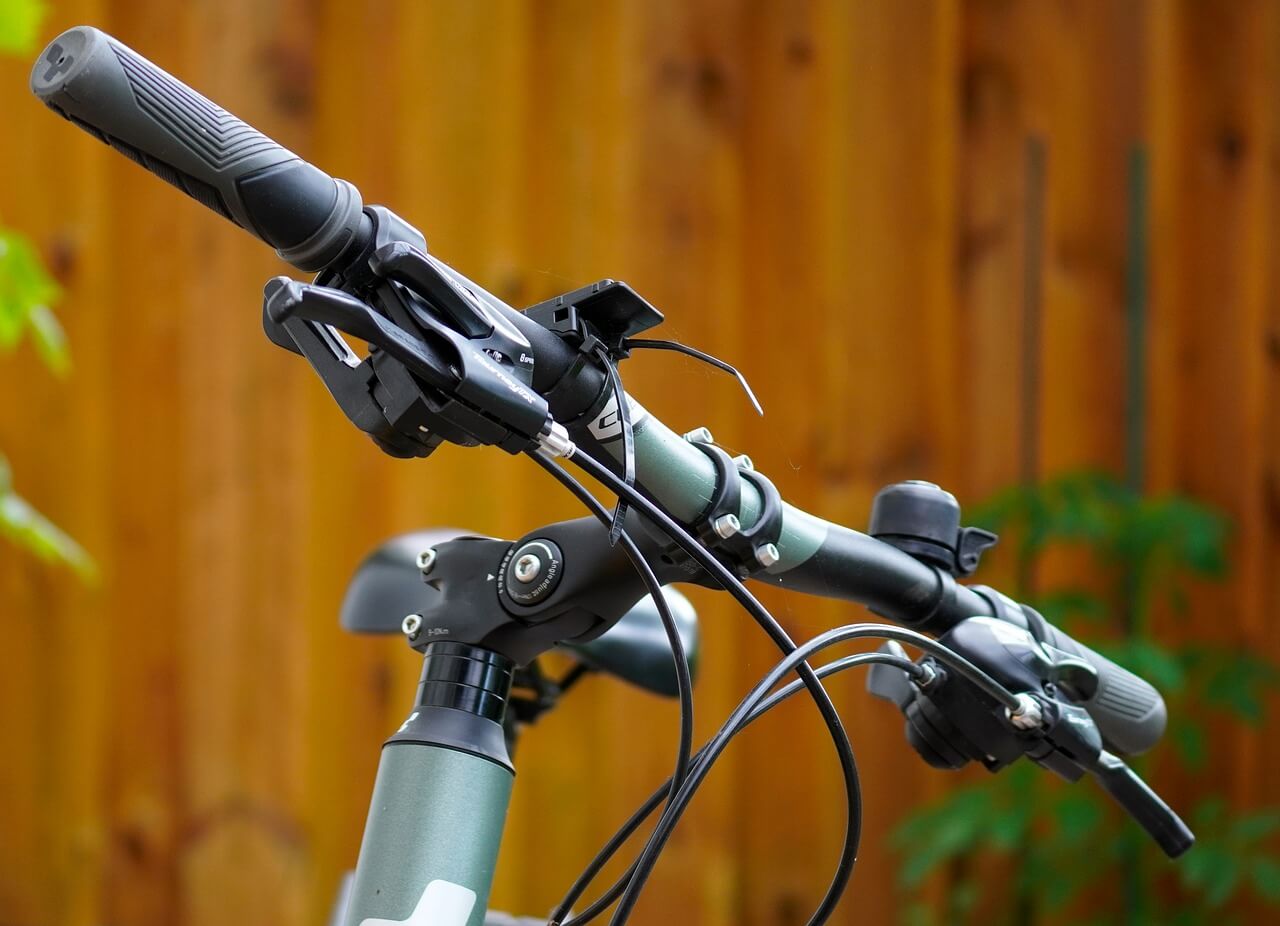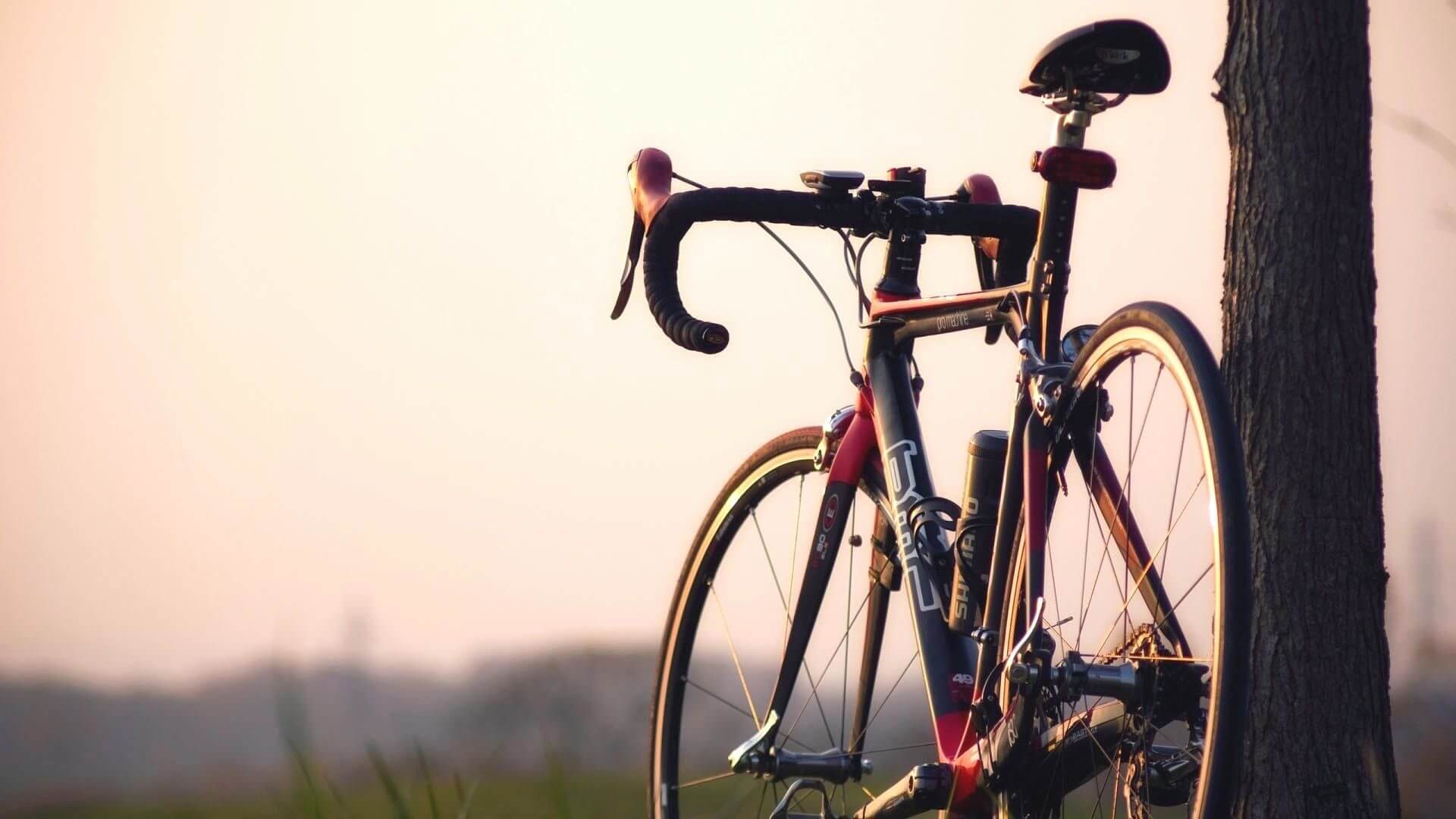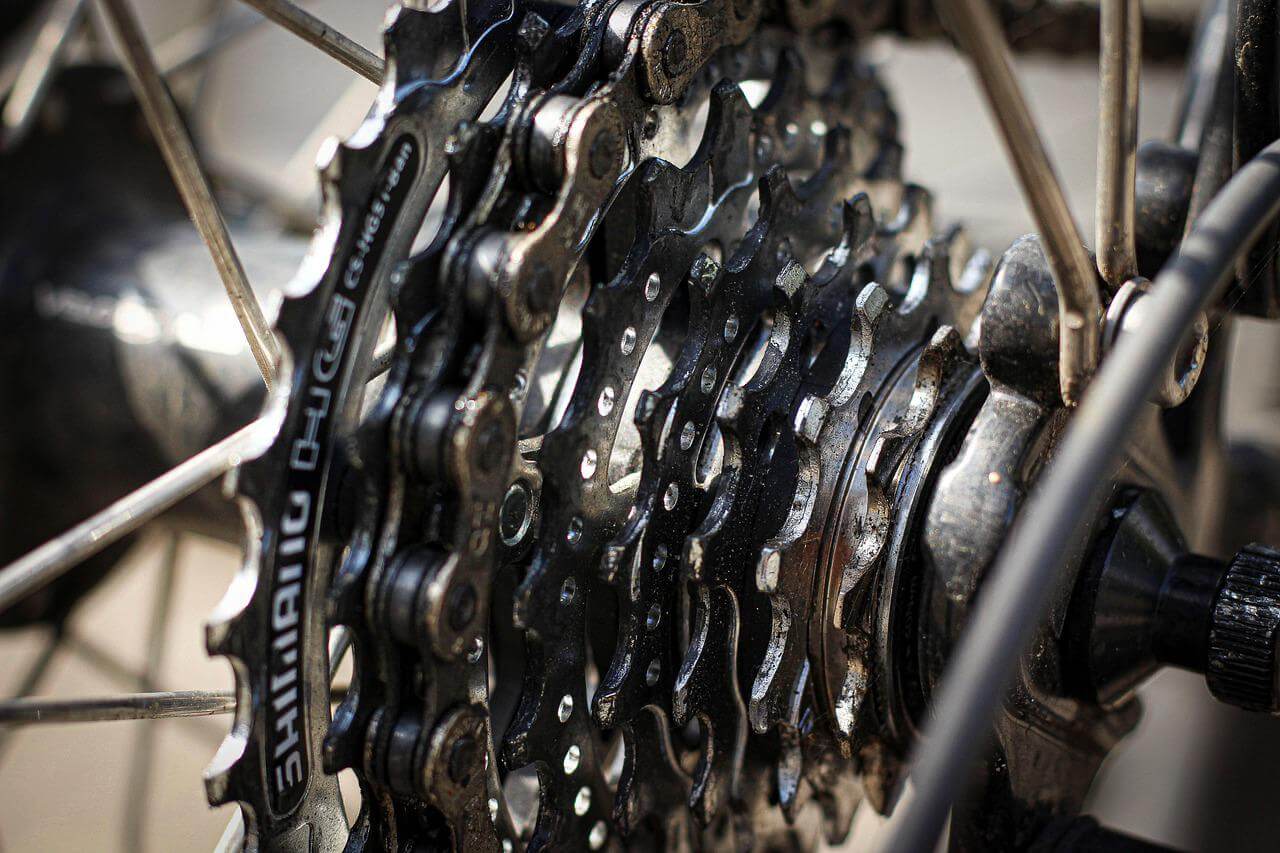Handlebars play a major role when it comes to cycling. Different bikes come with a certain type of bicycle handlebar, that lets you navigate towards a healthier tomorrow.
Handlebars greatly influence the overall handling, stability and reliability of your bike. It often supports a portion of the rider’s weight, depending on the riding position. Besides, it provides a convenient mounting place for brake levers, shift levers, cycling accessories and more.
So if you love bicycle handlebars and are here to learn more, let’s get started with type of bicycle handlebars, their benefits and more:-
1) Riser Bars
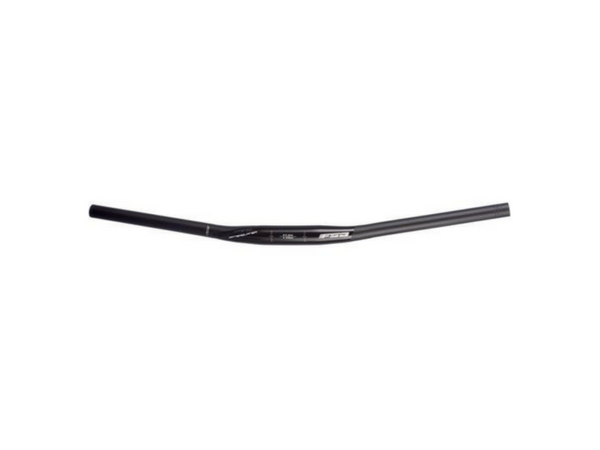
Riser bars are essentially flat bars that rise from the center clamp area. These type of bicycle handlebars are pretty common on fixed gear and mountain bikes. Riser bars are also typically wider than flat bars. This is because such type of handlebars are commonly used in trail biking since it allows the rider to stay more upright.
Pros
• Offers More Control
A wider handlebar gives you more leverage. This will make turning easier and if you go through long roads with lots of debris and turns, wide riser bars work best.
• Better for trail and free riding
The wide handlebar grip and weight distribution towards the back allows the rider more control, making it a better choice for riskier courses and rough terrain.
•Better for wrists
In addition to the back sweep that gives a more comfortable grip, riser bars will allow the rider to sit further back allowing less weight to be distributed to the front. For people who have wrist problems, this will help relieve some of the stress.
Cons
•More Expensive
The additional rise requires more material to keep the bar strong and stable, this makes them slightly heavier and pricier than your typically flat bar.
•Heavier than flat bars
As the handlebars are longer and have more material in the centre, it adds to the overall weight.
•Not good for climbing
With a normal set-up riser bar, they are more difficult for tackling uphill rides.
2) Bullhorn Handlebars
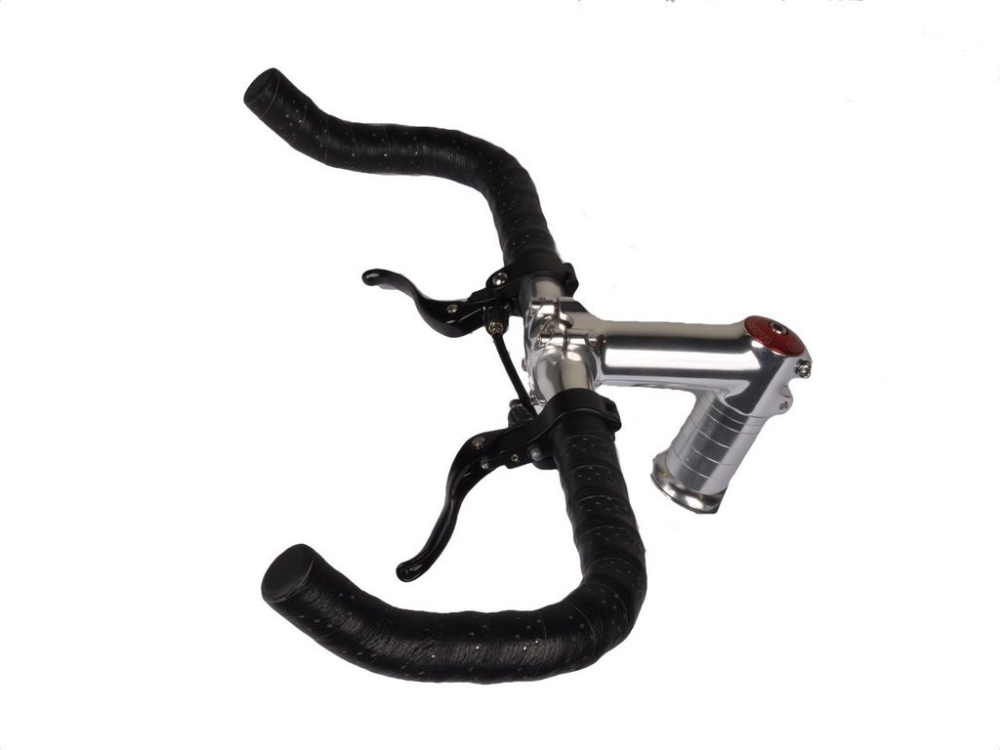
Bullhorn handlebars are constructed in a way that curves up and forward. It is very different from a straight or riser handlebar as it offers a light-weight solution for comfort and stability while riding the bike.
When you are traversing through rough areas the bullhorn handlebar will offer immense stability and flexibility which will make the ride smoother for a great experience.
Pros
•Amazing Aerodynamics
The bullhorn bars are constructed in such a way that they provide you more room to bend while riding.
• Excellent for climbing
When it comes to mountain climbing or riding off road, the road bullhorn handlebars offer the best possible leverage when moving forward.
• It’s all about speed
Pursuit bars, a type of bullhorn bars, are majorly known for offering the perfect speed, which enables the rider for power-packed riding experience.
• They are more durable and sturdy
Bullhorn bars are highly durable and they offer a steady riding experience. Moreover, these bars are made of aluminum which means they are light weight and rust-resistant.
Cons:
Cons
1) Not too suitable for frequent tight turns
3) Flat Handlebars
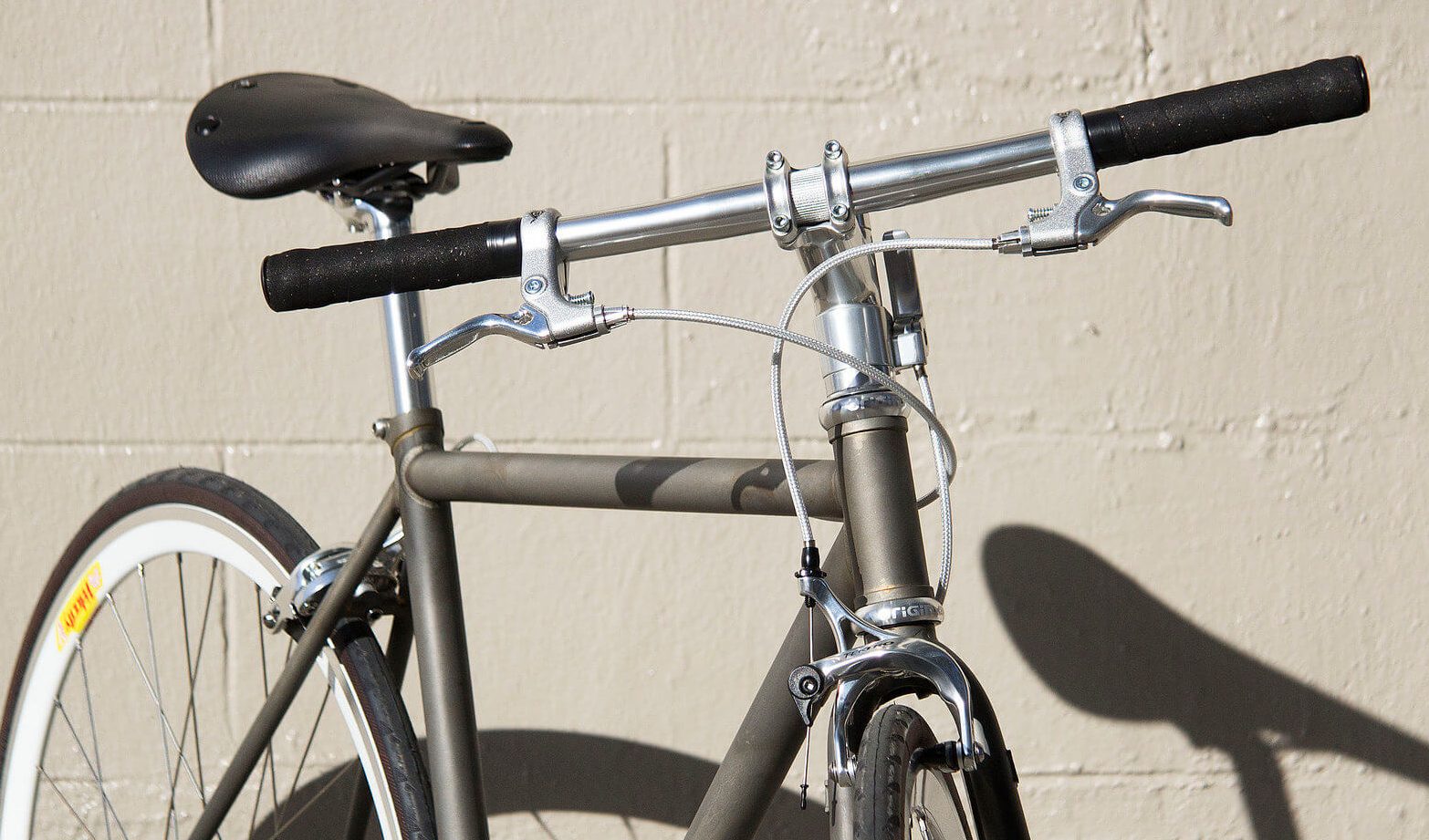
- Image Courtesy: missionbicycle.com
Flat Handlebars are the standard types of bars for most bikes. They are widely seen on mountain bikes, fixed gear bikes and ‘around town’ road bikes. A flat bar’s width provides the extra stability necessary for high performance mountain biking, downhill or cross country over rough trails.
Pros
• Versatile and simple
Flat handlebars are more versatile and very simple as you can attach lights, brake lever, phone holders and other biking equipment.
• Better for climbing
When it comes to climbing, flat Bars are better as they are very popular among cross-country riders. Besides, these bars make leaning forward and riding easier.
• Brake lever are easy to reach
The brake levers in the flat handlebars are located right at your fingertips, so you don’t need to change the hand position to reach it. Besides, they are great for riding within the city.
• Less expensive when it comes to repair
All cables are exposed, so in case of a cable replacement or any repair, you can do it directly without having to take off and or re-mount the bar tape.
• Better for non cyclists and new riders
Due to its riding position, many newbie cyclists will find flat bars easier as they are easy to control and offer excellent visibility.
Cons
It only offers one hand position
This is the biggest disadvantage of Flat bars. When you commute more than 12 or so miles or ride long distances, you could experience numbness in your hands or pain in your wrist after keeping your hands in the same position for too long.
• Not ideal for risky courses
As flat bars are not suited for performing tricks. Riding over rough terrain and jumping over obstacles require a more upright position that will give the rider more leverage for pulling the front tire.
• Not good for speed
With flat bars you travel at a slower average speed than you would with drop bars as it’s very hard to go into a tuck position while using flat handlebars.
4) Drop Bars
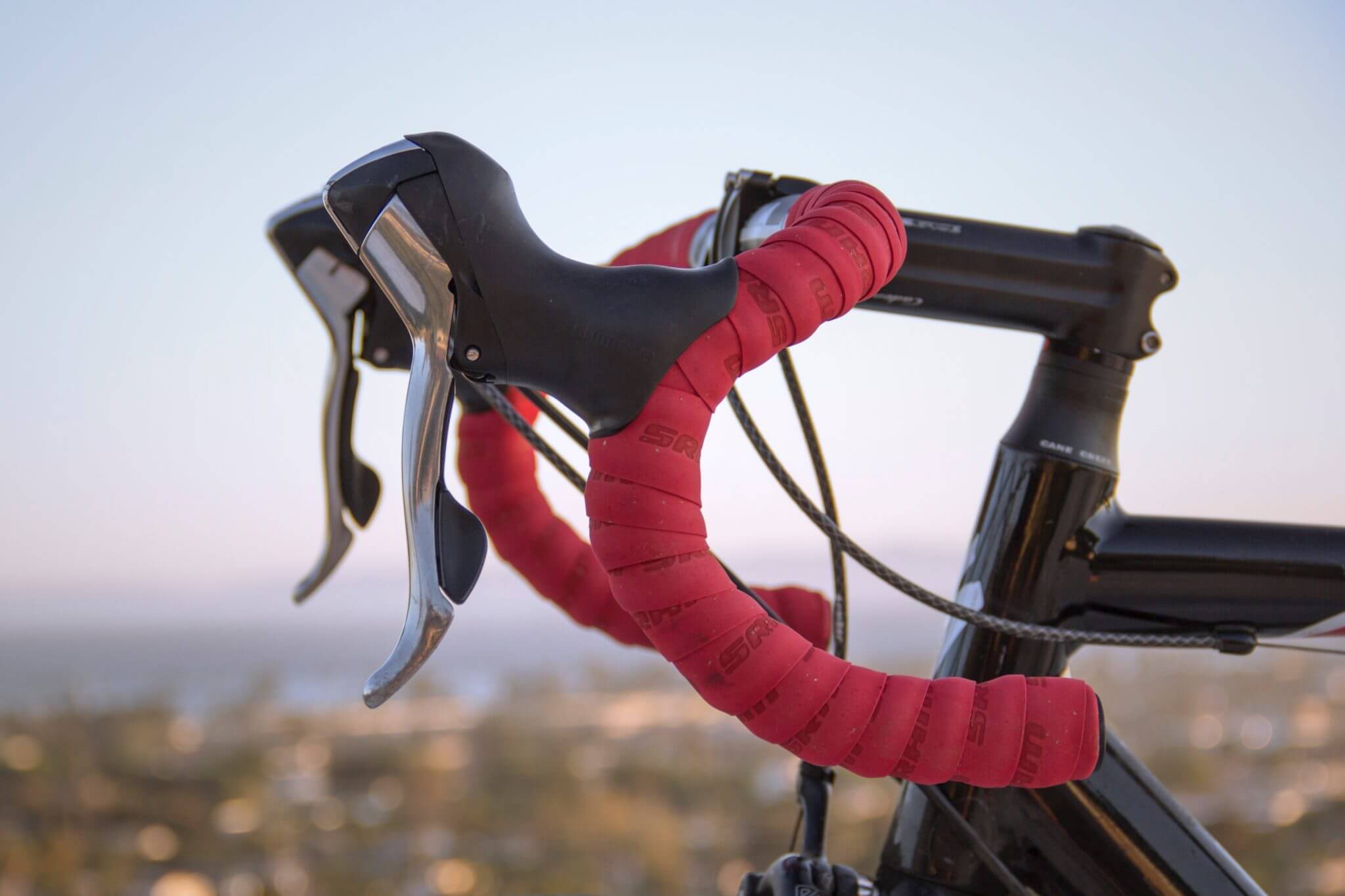
Drop bars are very popular among bike enthusiasts due to its balance of great looks and versatility. A typical drop bar has a straight middle section similar to a flat bar with either sides curving downwards and towards the rider.
Pros
•Great Aerodynamics
Drop Bars allow the rider to tuck similar to bullhorns. If you are planning on doing a lot of track racing, investing in a good pair of drop bars is worth it.
• More hand positions
Drop bars offer 3 distinct hand positions: on the hoods, on the bars, and in the drops. So if you are going for a long ride or on a multi day tour, hand positions will help make the ride comfortable.
• Drop bars look cool
Drop bars have a really classic and iconic look.
• You can cover more ground faster
With drop bars you can ride faster while spending the same amount of energy as you would on a flat bar bike. This is due to the aerodynamic advantage that you gain.
Cons
• Parts are more expensive
Drop bar bikes use different shifters and brakes as compared to flat bar bikes. Generally, drop bar brake levers and shifters cost more than flat bar components. Besides, in some cases gear will cost up to three times more.
• Changing brake or shifter cables is more difficult
However, when it comes to replacing a cable on a drop bar bike you may need to remove the bar tape to replace it. When this happens, you will need to install new tape after replacing the cable as this is a hassle and an additional expense that you wouldn’t have with a flat bar bike.
• Less capacity to mount items to the handlebars
Many cyclists like to mount a light, GPS, bell, cycling computer, phone holder, however, there isn’t much space available on narrow drop bars.
5) Aero Handlebars
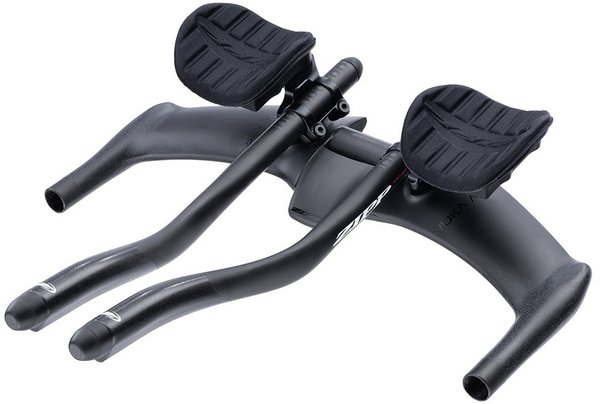
- Image courtesy: maniadecantar.com.br
Aero Handlebars are also known as Triathlon bars, which have extensions with padded forearm rests that allow the rider to get into a more aerodynamic position by drawing their body forward into a tucked position.
Aero Handlebars are primarily used for time-trial cycling where the rider competes alone against the clock.
Pros
• You get a position that allows your hands to rest
Some riders set up Aero bars not for aerodynamics but to rest their arms and wrist called the praying mantis position.
• Excellent Aerodynamics
When we talk about Aero Bars they are the most aerodynamically efficient handlebars available as the riding position will allow you to cut through the air by reducing drag.
Cons
• They are more unstable
When you are holding your hands close together it will be very difficult to turn as you just don’t have the leverage to turn precisely. So when you have to turn quickly you could put yourself in a dangerous situation.
• Bad for climbing
When using Aero Bars it is harder to apply power when pedaling, so it is not very good for climbing.
6) Butterfly Bars
Butterfly bars are also called Trekking bars or touring bars and are designed to give you a wide range of hand positions to keep you comfortable on long distance rides. They are very common on touring bicycles as particularly European made touring bicycles.
Pros
• Practical for long rides
The figure eight handlebar virtually acts as a semi stable shelf space to place items you may need quick access to during long rides.
• Better for the wrist
The irregular shape of the bar will give plenty of different hand positions one may need during a long ride.
Better Control : The wide grip will give you plenty of leverage to control the bike on technical terrain.
Cons
• They are heavier
Butterfly bars or Trekking bars are probably the largest type of bicycle handlebars. As they use a lot of materials, this adds a considerable amount of weight.
7) Cruiser Bars
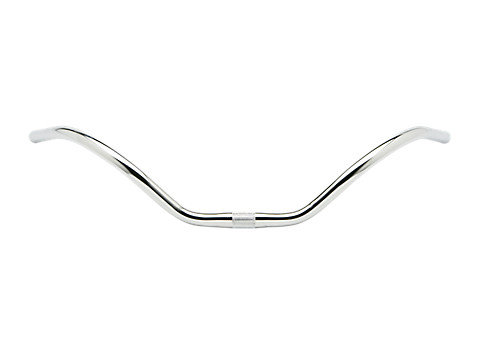
- Image Courtesy electra.trekbikes
Cruiser bars are also known as North Road or Upright Handlebars. Cruiser Bars look really cool and they are designed to permit the installation of a basket.
Pros:
•Excellent Comfort
While riding with the cruiser handlebars the position of the handlebars puts the wrists in the most natural position.
•Very Much Suitable for basket
As the swept back design of the handlebar not only leaves room at the front but also keeps weight balanced even if you put a basket in front and fill it with groceries.
• Ideal for lazy riders
Cruiser Handlebars are very ideal for those looking for a relaxed upright riding position.
Cons
• They are not comfortable :
The upright riding position puts almost all of your body weight on your butt as you will want a wide seat with plenty of padding and even suspension to stay comfortable.
• Accelerate Slowly
When using cruiser handlebars you can’t race with your mates because the handlebars are heavy and add extra weight to the overall bicycle. Whereas, on a road bicycle it is easy to accelerate and cycle at a faster speed.
The above are all the commonly used types of Handlebars we have explained.
Below are some of the rarely used Handlebars we would love to explain to you in short.
1) BMX Style Handlebars
BMX style handlebars are used on Bmx bicycles as they have more rise than straight bars and usually cross brace to provide rigidity and strength.
2) H Bars
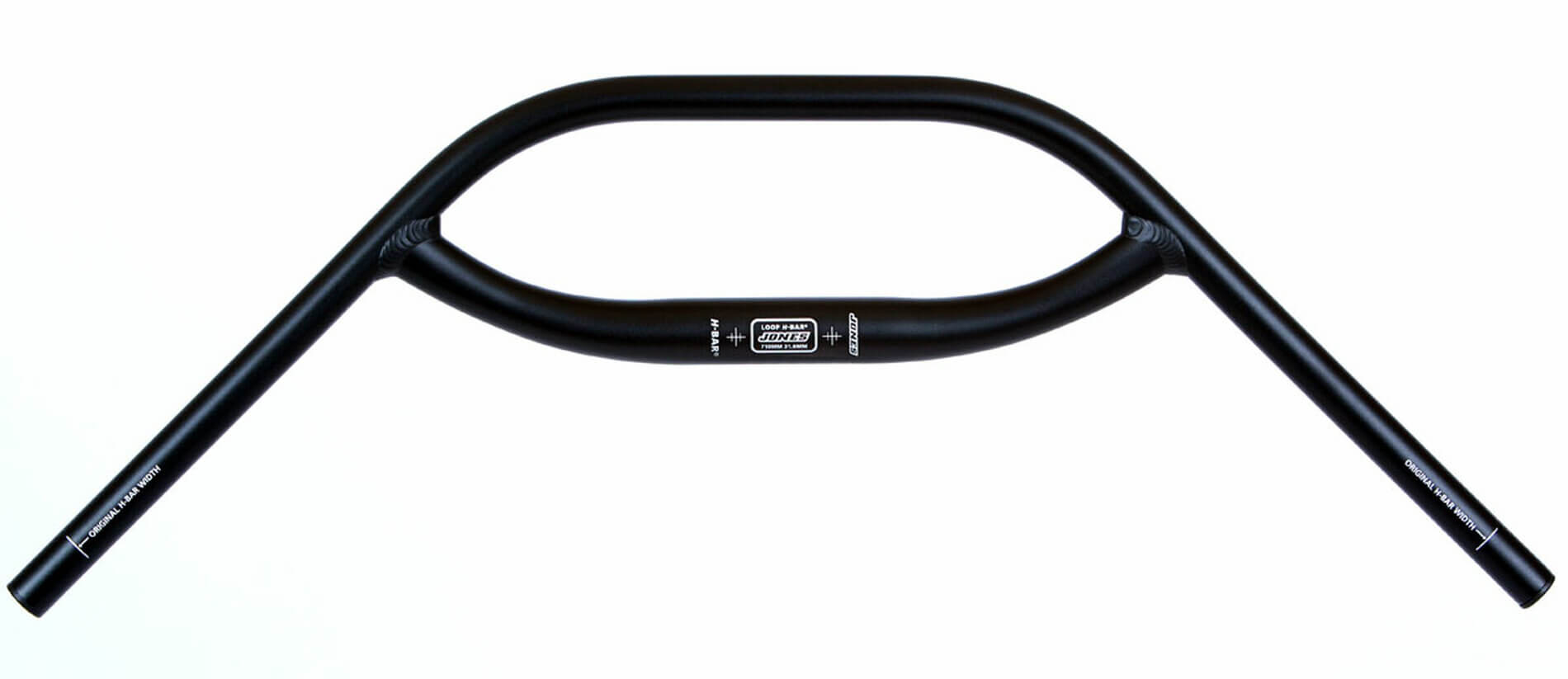
H Bars come in a variety of designs. The main thing distinguishing these handlebars from others is the 45 – degree sweepback. As the 45-degree sweep of H bars puts your wrists in an ergonomic and neutral position. So this is great for those who suffer from wrist pain.
3) Mustache Handlebars
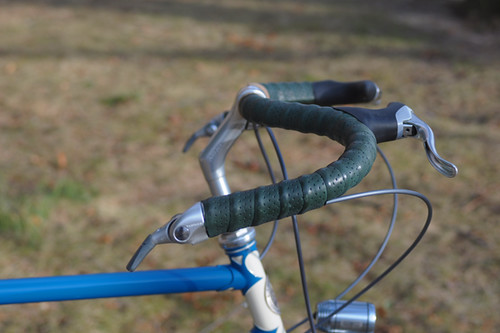
- Image courtesy:- lovelybike
Mustache bars put you in a more upright position while using the brakes than drop bars. As this position gives you great grip and control of the brake levers, allowing you to precisely control your braking.
4) Condorino bars
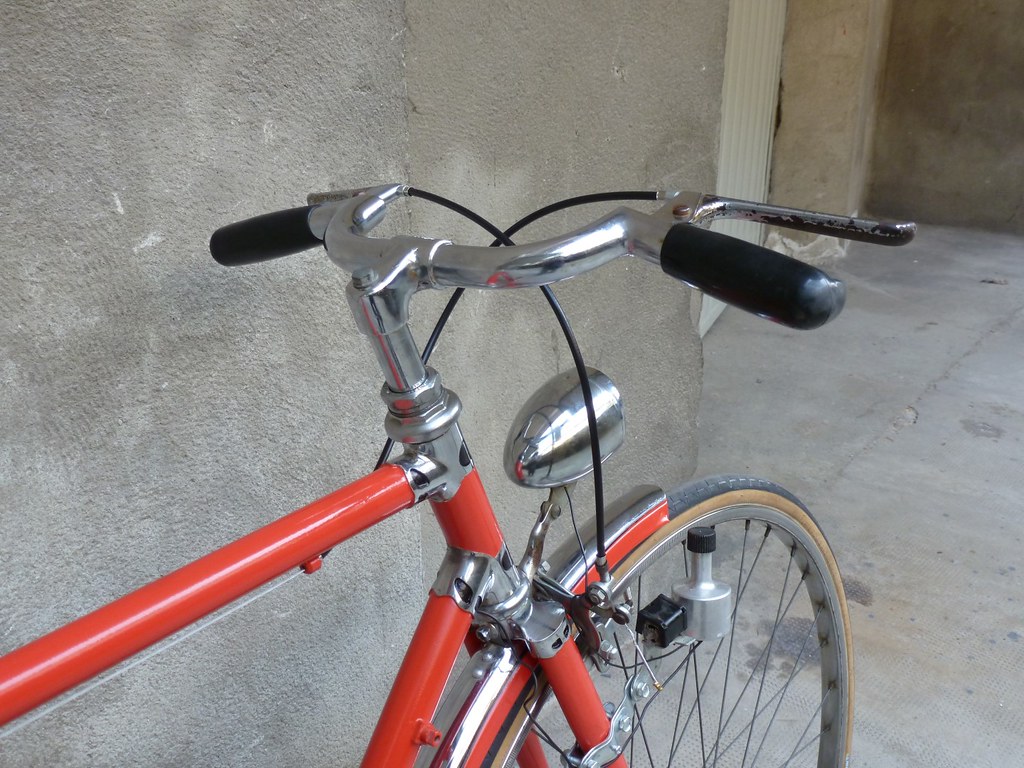
Originating from Italy during the 1950s, this type of handlebar has a very interesting shape that curves forward and then protrudes straight out.
We hope you enjoyed reading those different types of bicycle handlebars.
Now it’s your turn…
Which is your favourite bicycle handlebar from the above list
Do drop a comment right now
Do give it a share if you want your friends to know about these different types of bicycle handlebars.
Edited by: Tracy Alvares


